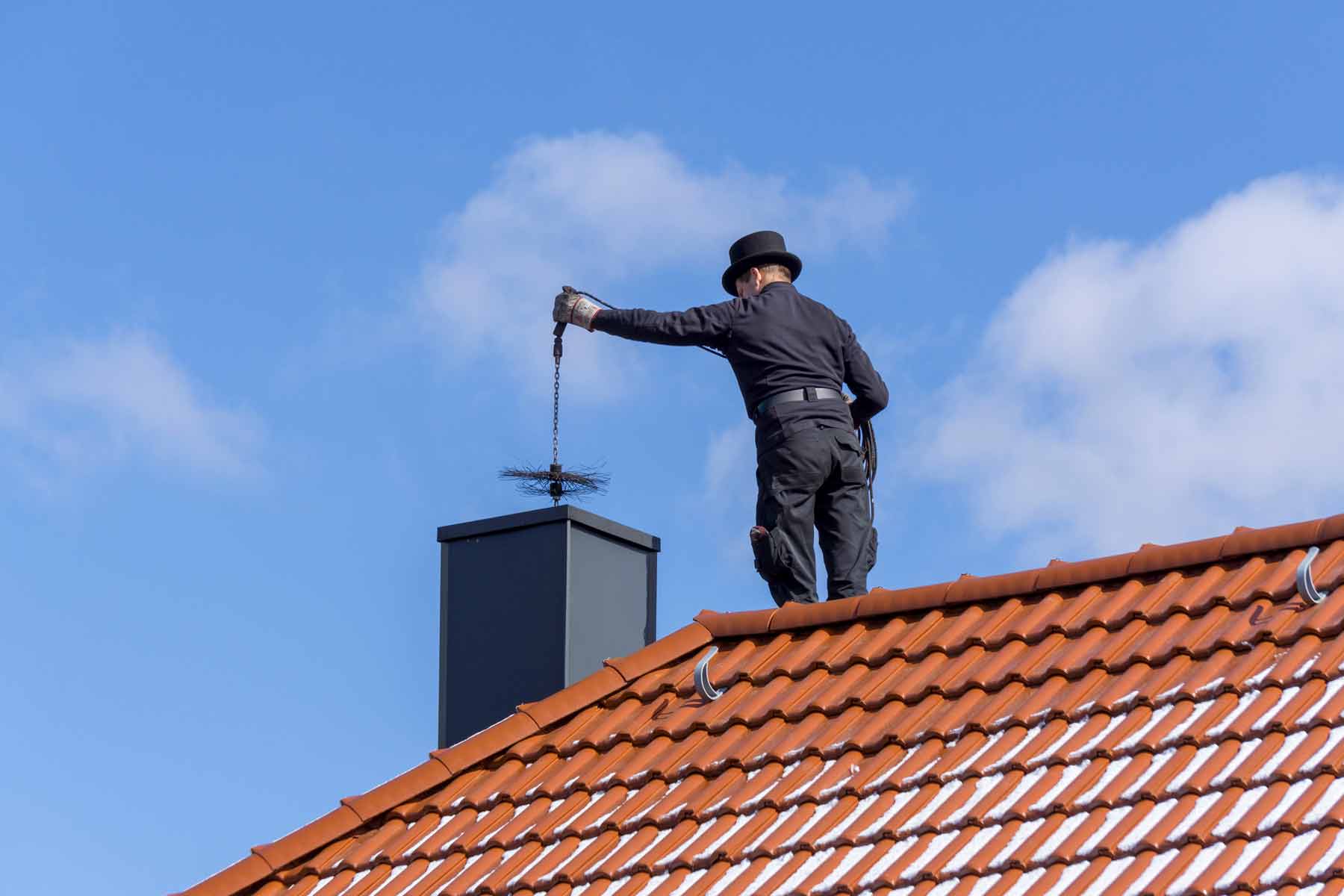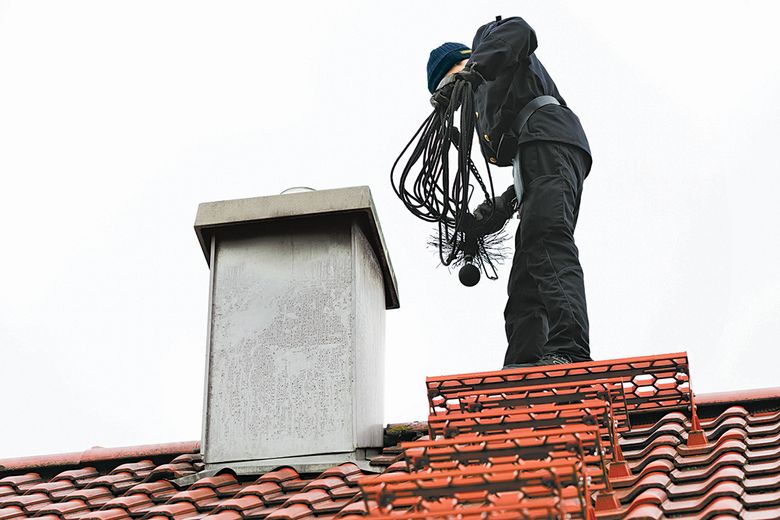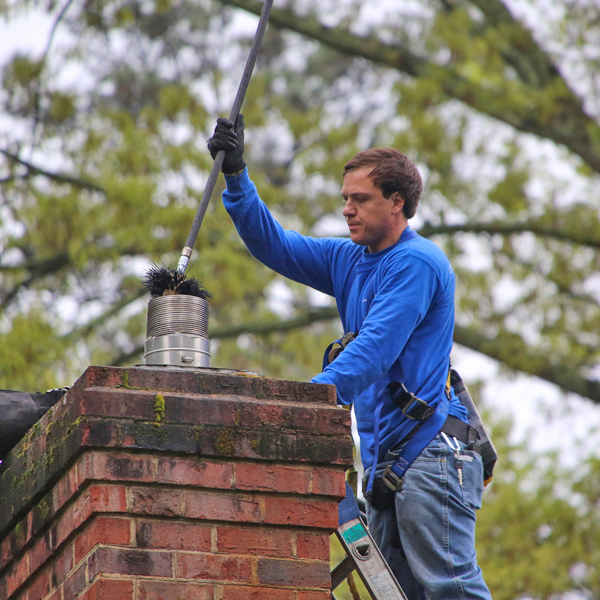Experience the Distinction: Chimney Clean San Jose for a Cleanser, Safer Home
Experience the Distinction: Chimney Clean San Jose for a Cleanser, Safer Home
Blog Article
Smokeshaft Cleaning: A Step-by-Step Overview to Maintaining a Healthy And Balanced Fire Place
Maintaining a healthy and balanced fireplace is crucial for the safety and security and performance of your home. Normal smokeshaft cleaning is an important part of this upkeep regimen. In this step-by-step overview, we will supply you with detailed directions on just how to correctly cleanse your smokeshaft, guaranteeing that it operates efficiently and reduces the threat of fire risks. By complying with these guidelines, you will discover how to gather the required devices, do a visual assessment, clear particles and build-up, move the smokeshaft, and finish the last steps for ongoing upkeep. With an expert technique and interest to information, you can confidently deal with your fire place and enjoy its warmth and convenience for years to find.
Gathering the Required Devices
To start the procedure of chimney cleansing, the initial step is to gather all the essential devices. Having the right devices handy guarantees a secure and efficient cleansing process. The necessary tools for smokeshaft cleaning include a smokeshaft brush, a ladder, decrease fabrics or plastic sheets, a flashlight, gloves, and a dust mask.
The smokeshaft brush is the key device utilized to remove residue and creosote build-up from the flue. It is vital to choose a brush that matches the size and form of your smokeshaft. Additionally, a sturdy ladder is required to access the smokeshaft safely. Make certain the ladder is secure and positioned on a flat surface.
Decline cloths or plastic sheets are essential for securing the bordering area from dirt and debris. They aid make and consist of the mess cleanup much easier. A flashlight is crucial for inspecting the smokeshaft's inside for any signs of damage or blockages. Handwear covers are necessary to secure your hands from soot and other unsafe compounds, while a dust mask aids prevent the inhalation of debris.
Performing a Visual Evaluation

Utilizing a flashlight, carefully check out the indoor walls of the smokeshaft for any kind of signs of damages, such as cracks, loosened blocks, or mortar wear and tear. These issues can compromise the smokeshaft's architectural stability and posture a severe safety and security danger. In addition, check for any type of indicators of water damages, such as staining or efflorescence, as this can show a leaky chimney cap or blinking.
Following, check the chimney flue for any kind of obstructions. Look for the existence of nesting materials, leaves, or debris that may have collected gradually (Chimney Clean San Jose). These obstructions can restrict air flow, raise the threat of carbon monoxide gas build-up, and impede the smokeshaft's ability to successfully vent smoke
Throughout the visual inspection, pay very close attention to the chimney crown, which is the top surface that safeguards the chimney from moisture. Look for splits or missing out on items in the crown, as these can permit water to go into the smokeshaft and trigger considerable damage.
Clearing Particles and Build-up
After finishing the learn this here now aesthetic examination, the following action in smokeshaft cleaning entails clearing up particles and accumulation to make certain the correct functioning of the fire place. Over time, debris such as leaves, twigs, and animal nests can build up in the chimney, obstructing the flow of air and creating potential fire dangers.
To get rid of particles and accumulation, it is essential to use the right devices and techniques. A chimney brush, especially developed for this objective, is utilized to remove loosened particles and creosote from the chimney wall surfaces. It is necessary to select a brush that matches the size of your chimney to make certain reliable cleansing. Prior to beginning the cleaning procedure, make certain to cover the fireplace open up to avoid particles from falling under the space.
To begin, place the brush into the chimney and move it up and down, rubbing the walls to displace any debris or creosote. As soon as the brushing is complete, make use of a vacuum cleanser or a smokeshaft brush extension to eliminate the dislodged particles from the fireplace.

Brushing Up the Chimney
The sweeping of the smokeshaft try this web-site is an important step in keeping a healthy and balanced fire place. Gradually, soot, creosote, and various other debris can gather in the smokeshaft, obstructing the flow of air and potentially creating an unsafe build-up of flammable products. Normal chimney sweeper not just ensures appropriate ventilation however likewise protects against the danger of chimney fires.
When it comes to smokeshaft sweeping, it is highly advised to employ a professional smokeshaft sweep. These experts have the expertise and tools essential to safely and efficiently remove the collected debris from your smokeshaft.
It is essential to keep in mind that the regularity of chimney sweeping relies on several factors, such as the sort of fuel utilized, the quantity of usage, and the type of smokeshaft. As a basic guideline, it is recommended to have your smokeshaft brushed up and inspected a minimum of annually.
Last Actions and Upkeep
After finishing the smokeshaft sweeping process, the first step in the last upkeep is to check the smokeshaft cap and trigger arrestor. These components avoid debris, animals, and rainwater from entering the chimney.

Inspect the inside of the fire place for any kind of indicators of degeneration, such as splits, loosened bricks, or damaged mortar. These problems can influence the structural integrity and security of the fire place. If any kind of troubles are discovered, consult an expert chimney sweeper or mason to address them promptly.
Ultimately, take into consideration mounting carbon monoxide detectors near the fire place and throughout your home. These gadgets can find the visibility of this hazardous gas, giving a very early caution system in situation of a chimney malfunction. On a regular basis examine and change the batteries in these detectors to guarantee their efficiency.
Verdict
In final thought, adhering to a step-by-step guide for chimney cleaning is critical in maintaining a healthy and balanced fireplace. By gathering the necessary tools, doing an aesthetic evaluation, clearing debris and build-up, and brushing up the smokeshaft, property owners can guarantee the security and efficiency of their fireplace. Regular upkeep and cleansing will aid prevent smokeshaft fires and boost air top quality in the home. It is necessary to focus on smokeshaft cleansing as a component of general home maintenance.
The crucial tools for chimney cleansing include a chimney brush, a ladder, decline fabrics or plastic sheets, a flashlight, gloves, and a dirt mask.
A chimney brush, especially created for this function, is used to get rid of loosened particles and creosote from the chimney wall surfaces. Normal smokeshaft sweeping not only makes sure correct ventilation yet likewise stops the danger of smokeshaft fires.
When it comes to chimney sweeping, it is very recommended to employ a professional chimney sweep. After completing the smokeshaft sweeping process, the very first action in the last upkeep is to examine the chimney cap and stimulate arrestor.
Report this page